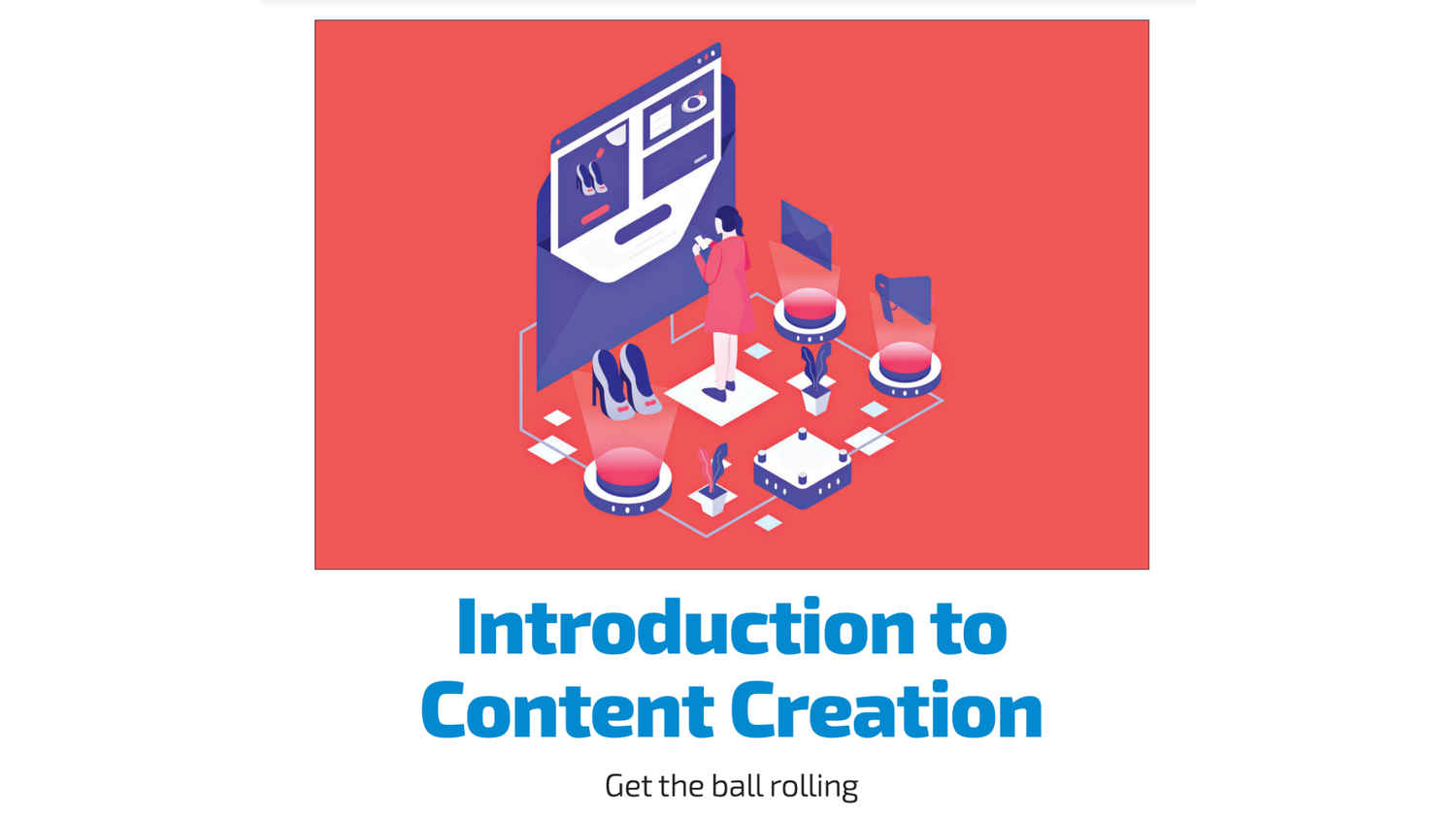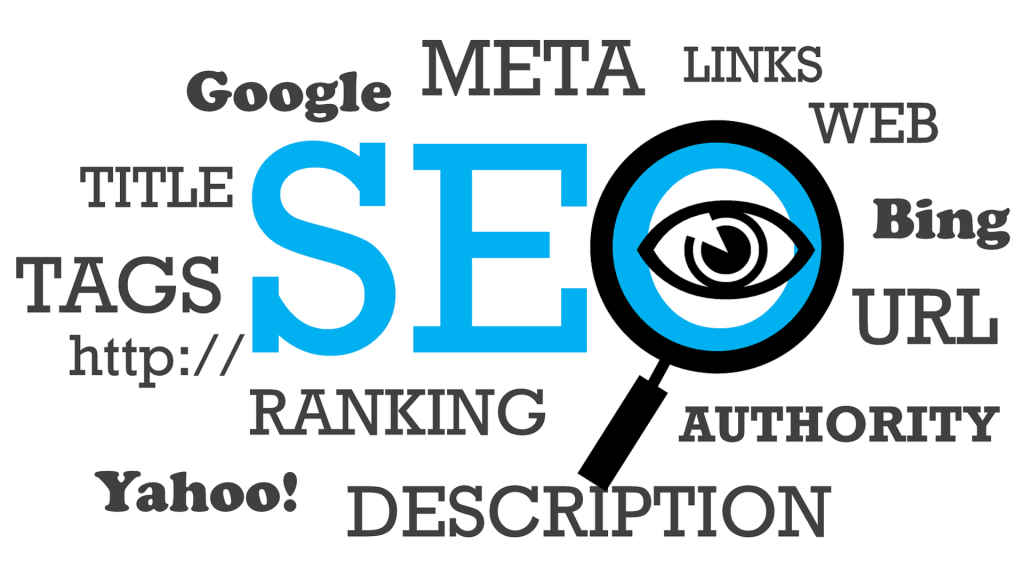Content Creation Guide: What is content creation?

So you set out on a journey, individually or with an organisation, as a content creator. The hill is steep, and you are looking at achieving goals on your own that would otherwise be impossible without an army of people to help you. So, how do you go about it? Well, you are in the right place. We are taking you on a journey of content creation that will scratch the surface of your brain and help you create like a pro. But first, let’s build some context –
Content creation is the dynamic fusion of art and technology, where creators weave narratives, visuals, and ideas into digital tapestries that captivate audiences. Whether you’re a wordsmith, a video wizard, or an infographic architect, content creation is your playground—a realm where imagination meets strategy. Content creation encompasses various activities, including maintaining and updating websites, blogging, article writing, photography, videography, online commentary, social media accounts, and editing and distribution of digital media. It is a key component of any successful marketing strategy, as it helps engage customers and build relationships with them. Content creation can take many forms, including blog posts, videos, podcasts, infographics, and more.
Historical Evolution of Content Creation
From ancient scrolls to modern social media posts, humans have always been storytellers. The digital revolution turbocharged this ancient tradition. Now, we craft content that transcends borders, reaching global audiences in an instant. Our ancestors would marvel at our ability to share knowledge, humour, and inspiration across oceans and time zones.
The earliest piece of documented content creation is thought to be John Deere’s “The Furrow” magazine, published in 1895 to provide farmers with information and promote John Deere products. However, recent research has revealed that Benjamin Franklin might also have been an early adopter of content marketing when he published “Poor Richard’s Almanack” in 1732 to promote his printing business. As time went by, businesses began to experiment with the idea of content creation for marketing purposes. For example, the Jell-O Company’s free book of recipes published in 1904 quickly started a trend, and content marketing soon became part of every business strategy.
In the digital age, content creation took an incredible turn with the advent of the internet. The first business to launch a commercial website was O’Reilly and Associates in 1993. In 1994, the first-ever blog was published by Justin Hall of Swarthmore College. The term “content marketing” was born in 1996 during a discussion between journalists at the American Society for Newspaper Editors. Since then, content creation has evolved dramatically with the rise of social media platforms, video content, and interactive experiences.

Key Concepts for Content Creators
- Quality Over Quantity: In a sea of information, quality stands out. A well-crafted blog post or a meticulously edited video trumps a hundred mediocre pieces. According to HubSpot, 56% of marketers say blogging is their most effective content strategy.
- Audience-Centric Approach: Know your audience—their desires, fears, and quirks. Speak their language, solve their problems, and they’ll hang on your every word. Content that resonates with the target audience helps build brand awareness and loyalty.
- Consistency: Like a reliable friend, consistent content keeps your audience coming back. Whether it’s weekly blog posts or daily tweets, show up consistently. Consistency in content creation helps maintain audience engagement and trust.
- Multichannel Magic: Spread your content like wildfire. Blogs, social media, newsletters—each channel amplifies your message. Utilising multiple channels ensures a wider reach and better engagement with diverse audience segments.
Importance of Content Creation in the Digital World
Role in SEO
Search engines adore fresh content. Regular updates signal relevance. Sprinkle strategic keywords like stardust, and watch your website climb the search rankings. According to a study by HubSpot, companies that publish 16 or more blog posts per month get 3.5 times more traffic than those that publish four or fewer posts.
Brand Awareness
Content introduces your brand to the world. A witty tweet, an insightful article, or a quirky video—all contribute to your brand’s identity. Be memorable. Content marketing helps businesses build brand awareness by providing valuable and relevant information to their target audience.
Customer Engagement
Content sparks conversations. Interactive quizzes, live videos, and polls turn passive scrollers into active participants. Engage, and they’ll stay. Engaging content helps businesses connect with their audience on a deeper level, fostering loyalty and trust.
Types of Content for Creators
Blogs and Articles
- Blogs: These are the chameleons of content—informative, conversational, and adaptable. Educate, entertain, or inspire. Blogs can educate, entertain, and inspire your audience through the written word. When someone types a query in Google, the posts that pop up are usually blog posts.
- Long-Form Articles: Dive deep. Explore complex topics. Give your readers an intellectual feast. Long-form articles provide in-depth information on a subject, helping establish authority and expertise.
Videos and Podcasts
- Videos: Visual storytelling. Vlogs, tutorials, animations—they’re all part of your cinematic arsenal. Video content is highly engaging and can convey complex information in an easily digestible format.
- Podcasts: Audio magic. Niche subjects, and soothing voices, perfect for multitasking listeners. Podcasts are a popular medium for sharing information and engaging with audiences on the go.
Infographics and Visuals
- Infographics: Bite-sized brilliance. Condense information into eye-catching graphics. Share them on social media. Infographics are effective for presenting data and information in a visually appealing way.
- Visuals: Memes, GIFs, images—they speak louder than words. Use them wisely. Visual content can enhance engagement and make your message more memorable.

Content Creation Process for All Creators
Ideation and Research
- Brainstorm: Gather your creative tribe. Ideas flow like a caffeinated river. Mind maps, idea boards—pick your poison. Brainstorming sessions help generate a wide range of ideas and foster creativity.
- Keyword Quest: Arm yourself with tools like Ahrefs or Google Keyword Planner. Hunt down those juicy keywords. Keyword research helps identify topics that are relevant to your audience and have high search potential.
- Spy on Competitors: Sherlock your way through rival content. Find gaps. Fill them with your genius. Analysing competitor content helps identify opportunities and areas for improvement.
Planning and Outlining
- Content Calendar: Be the architect of time. Map out your publishing schedule. Account for seasons, trends, and holidays. A content calendar helps organise and plan content creation efforts, ensuring consistency and timely publication.
- Outline: Sketch your content’s skeleton. Headings, subheadings, key points—they’re your blueprint. Outlining helps structure your content and ensures a logical flow of information.
Drafting and Editing
- Write Like a Wizard: Pour your soul onto the screen. Be concise, clear, and magnetic. Writing compelling content requires clarity, conciseness, and creativity.
- Edit Like a Grammar Ninja: Slash typos, trim fluff, and tighten sentences. Your editor self wears a cape. Editing is crucial for ensuring content quality and readability.
- Visual Pizzazz: Add images, videos, or infographics. Make your content pop. Visual elements enhance the appeal and engagement of your content.
Publishing and Promotion
- SEO Optimization: Ensure your content is search-engine friendly. Use meta descriptions, alt tags, and internal links. SEO optimisation helps improve the visibility and ranking of your content on search engines.
- Social Media Sharing: Amplify your reach by sharing your content across various social media platforms. Tailor your message to fit each platform’s unique audience. Social media sharing helps increase the reach and engagement of your content.
- Email Marketing: Send your content directly to your audience’s inbox. Personalise your emails to increase engagement. Email marketing is an effective way to distribute content and engage with your audience.
Analysis and Iteration
- Performance Metrics: Track your content’s performance using tools like Google Analytics. Monitor metrics such as page views, bounce rates, and conversion rates. Analysing performance metrics helps evaluate the effectiveness of your content and identify areas for improvement.
- Feedback Loop: Gather feedback from your audience. Use surveys, comments, and direct messages to understand their preferences and pain points. Feedback helps refine your content strategy and better meet audience needs.
- Continuous Improvement: Use the insights gained from your analysis to refine your content strategy. Experiment with different formats, topics, and distribution channels. Continuous improvement ensures your content remains relevant and effective.
Content Creation Process Redefined
Content creation is a multi-faceted journey that involves several stages, each crucial for producing engaging and effective content. Whether you’re a blogger, vlogger, podcaster, or social media influencer, understanding and mastering this process can significantly enhance your content’s impact. We will dive deep into a lot of the following topics, but to help you set the tone, let’s look at some preliminary information.
Ideation and Research
- Brainstorm: Gather your creative tribe. Ideas flow like a caffeinated river. Mind maps, idea boards—pick your poison. Brainstorming sessions help generate a wide range of ideas and foster creativity. For content creators, this stage is about tapping into collective creativity, exploring diverse perspectives, and generating a plethora of ideas that can be refined and developed.
- Keyword Quest: Arm yourself with tools like Ahrefs or Google Keyword Planner. Hunt down those juicy keywords. Keyword research helps identify topics that are relevant to your audience and have high search potential. For bloggers and SEO-focused creators, this step ensures that the content aligns with what the audience is searching for, increasing visibility and engagement.
- Spy on Competitors: Sherlock your way through rival content. Find gaps. Fill them with your genius. Analysing competitor content helps identify opportunities and areas for improvement. This step is crucial for all content creators as it provides insights into what works, what doesn’t, and how to differentiate your content.
Planning and Outlining
- Content Calendar: Be the architect of time. Map out your publishing schedule. Account for seasons, trends, and holidays. A content calendar helps organise and plan content creation efforts, ensuring consistency and timely publication. For content creators, this tool is essential for maintaining a steady flow of content and aligning with audience expectations.
- Outline: Sketch your content’s skeleton. Headings, subheadings, key points—they’re your blueprint. Outlining helps structure your content and ensures a logical flow of information. This step is particularly important for long-form content creators, such as bloggers and podcasters, as it helps maintain clarity and coherence.
Drafting and Editing
- Write Like a Wizard: Pour your soul onto the screen. Be concise, clear, and magnetic. Writing compelling content requires clarity, conciseness, and creativity. For writers and bloggers, this stage is about crafting engaging narratives that captivate the audience.
- Edit Like a Grammar Ninja: Slash typos, trim fluff, and tighten sentences. Your editor self wears a cape. Editing is crucial for ensuring content quality and readability. This step is vital for all content creators, as polished content reflects professionalism and attention to detail.
- Visual Pizzazz: Add images, videos, or infographics. Make your content pop. Visual elements enhance the appeal and engagement of your content. For visual content creators, such as vloggers and social media influencers, this step is about creating visually appealing content that captures attention.
Publishing and Promotion
- SEO Optimization: Ensure your content is search-engine friendly. Use meta descriptions, alt tags, and internal links. SEO optimisation helps improve the visibility and ranking of your content on search engines. For bloggers and website owners, this step is crucial for driving organic traffic.
- Social Media Sharing: Amplify your reach by sharing your content across various social media platforms. Tailor your message to fit each platform’s unique audience. Social media sharing helps increase the reach and engagement of your content. For social media influencers, this step is about leveraging different platforms to maximise exposure.
- Email Marketing: Send your content directly to your audience’s inbox. Personalise your emails to increase engagement. Email marketing is an effective way to distribute content and engage with your audience. For all content creators, this step is about building a direct and personal connection with the audience.

Analysis and Iteration
- Performance Metrics: Track your content’s performance using tools like Google Analytics. Monitor metrics such as page views, bounce rates, and conversion rates. Analysing performance metrics helps evaluate the effectiveness of your content and identify areas for improvement. For data-driven content creators, this step is essential for making informed decisions.
- Feedback Loop: Gather feedback from your audience. Use surveys, comments, and direct messages to understand their preferences and pain points. Feedback helps refine your content strategy and better meet audience needs. For all content creators, this step is about listening to the audience and adapting to their needs.
- Continuous Improvement: Use the insights gained from your analysis to refine your content strategy. Experiment with different formats, topics, and distribution channels. Continuous improvement ensures your content remains relevant and effective. For innovative content creators, this step is about staying ahead of trends and continuously evolving.
Conclusion
Content creation is an ongoing process that requires creativity, strategy, and adaptability. By following these steps, content creators of all kinds can produce high-quality content that resonates with their audience and achieves their goals. Whether you’re just starting or looking to refine your approach, understanding and mastering the content creation process is key to success in the digital age.
You can access more articles of the series here:
1. What is content creation? (You are here)
2. Master Instagram Reels and YouTube Shorts
3. Understanding social media audience
4. Exploring new ways of social media interaction
5. All the tools you need as a content creator
6. Do’s and Don’ts for Content Creators
Team Digit
Team Digit is made up of some of the most experienced and geekiest technology editors in India! View Full Profile





